Search
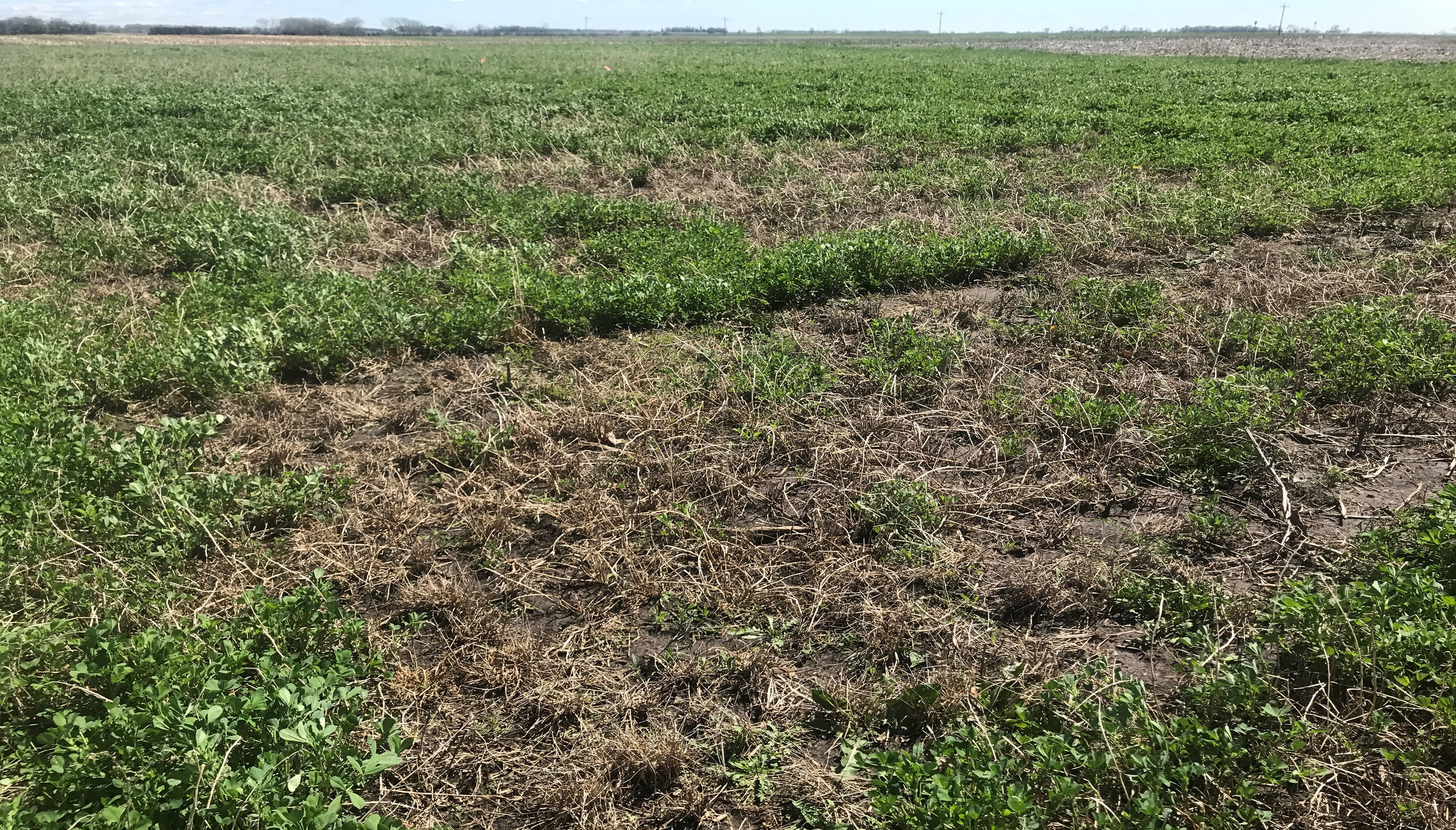
Dealing With Alfalfa Winter Kill
Winter kill and general stand loss of alfalfa has specifically been of concern in many parts of South Dakota the last two years. Most observed alfalfa winter kill is due to low, wet or flooded areas where plants were suffocated and died over the winter.
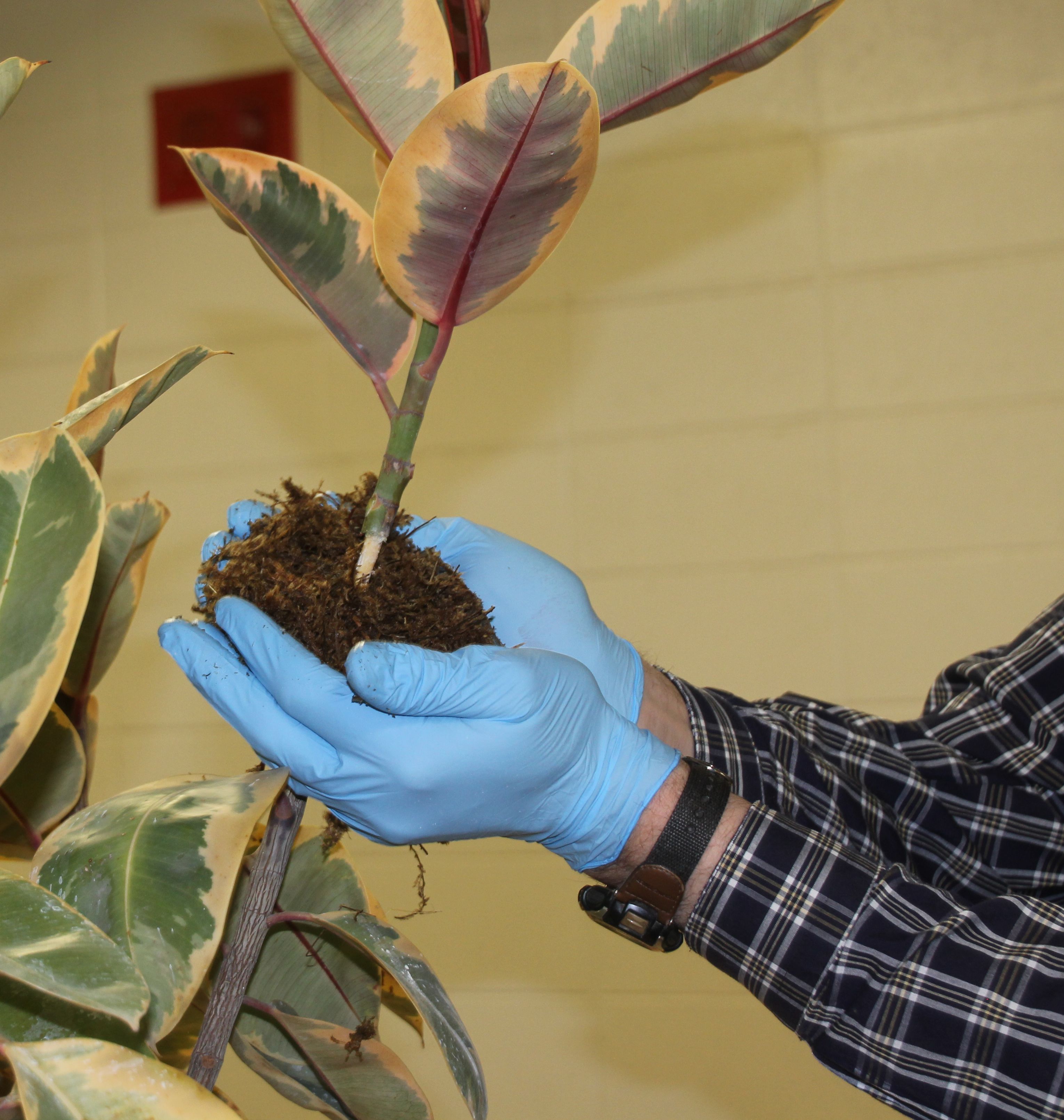
Air Layering a Plant That Has Gotten Too Tall
I have been in lots of public places and in some homes, too, where I have seen plants that have just gotten too big for their location. In fact, the large building that I used to work in often ended up as a sanctuary or in some cases dumping ground for those plants that just got too big or too tall. Some of those plants are still in that large space but a few were moved on to the compost pile too because they had pest or disease problems on top of being too big.
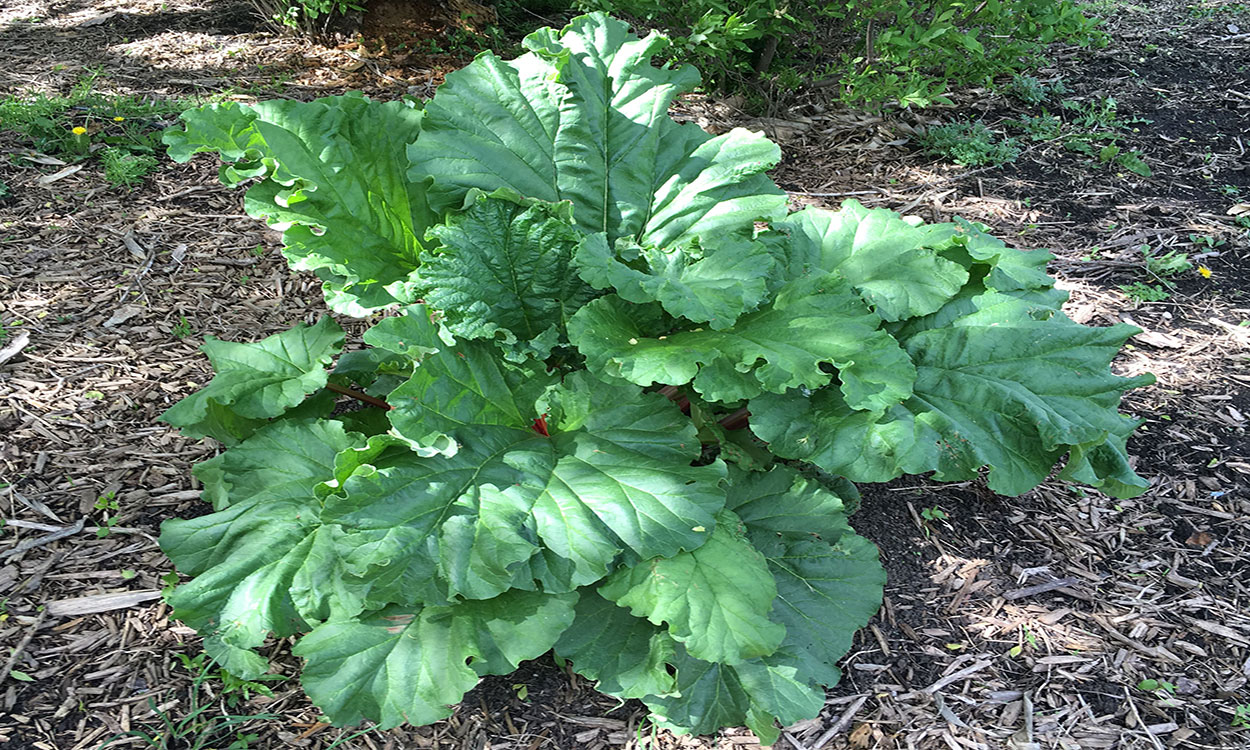
Rhubarb: How to Grow It
Rhubarb is a perennial vegetable that can be very long-lived, often being productive for 20 years or more. Learn some expert tips for planting, growing, and harvesting it in this resource!
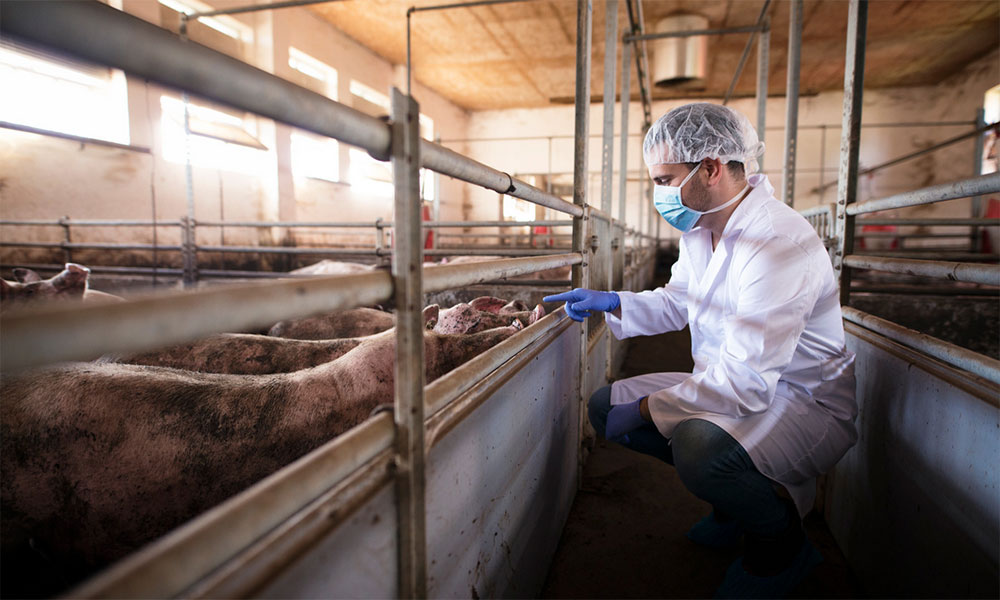
COVID-19 Safety Guidelines for Essential Swine Industry Employees
America’s pig farmers doing the right things to protect people, pigs, and the planet continue, even during this challenging time.
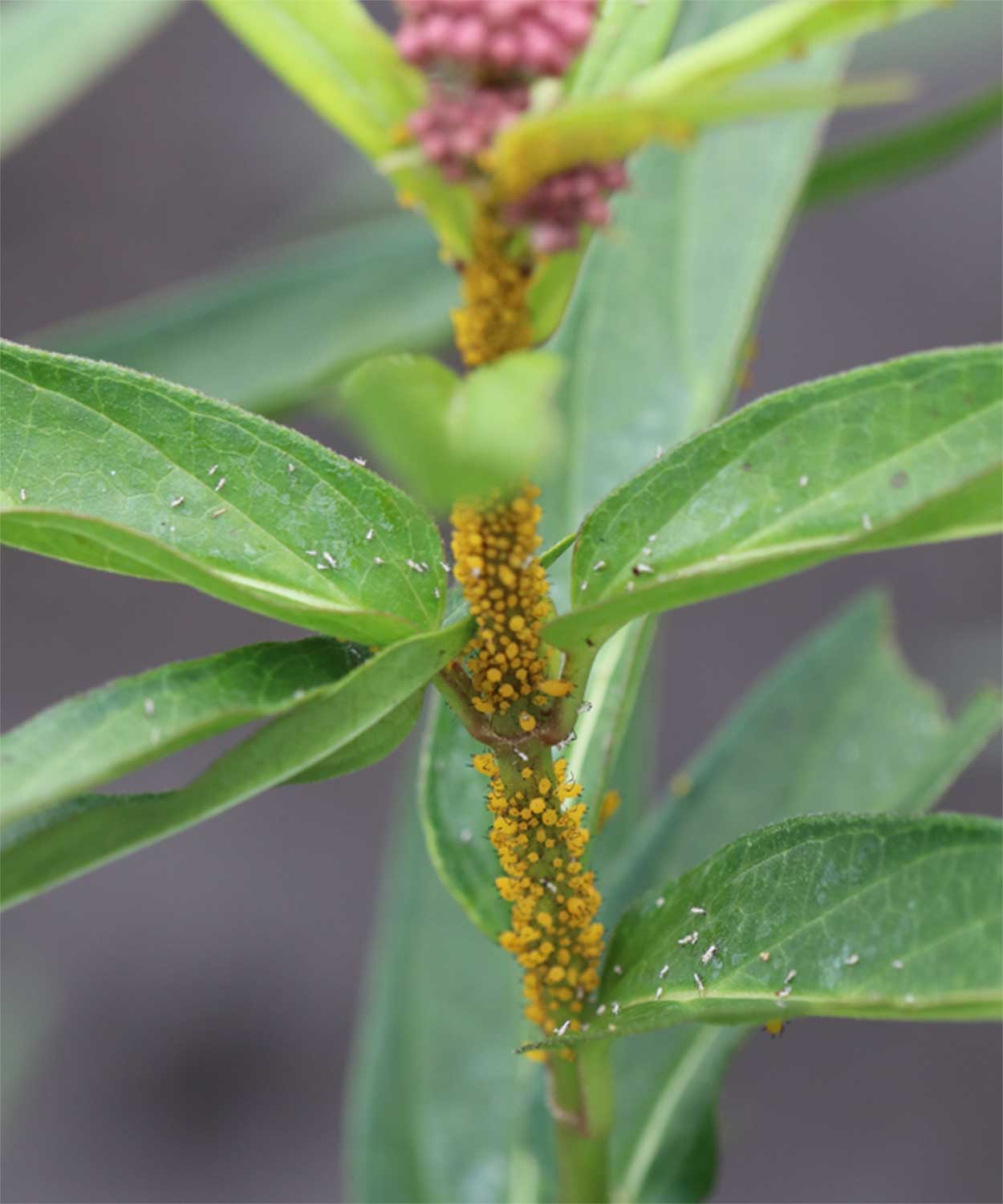
Are Aphids on Milkweed Really a Bad Thing?
This year, we’ve noticed large populations of aphids on swamp milkweed plants and we’ve identified them as the oleander aphid (Aphis nerii), which is sometimes referred to as the milkweed aphid.
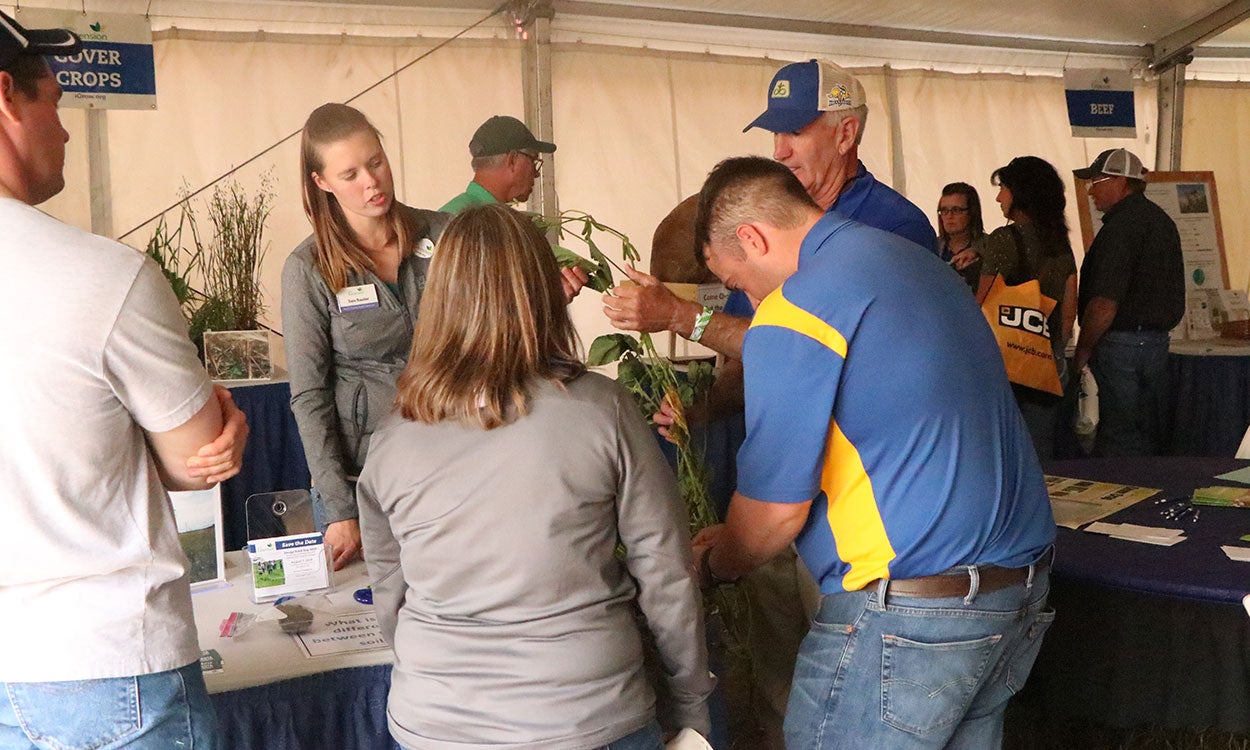
SDSU Extension to Host Informational Sessions at Dakotafest
August 05, 2022
Producers are invited to visit the SDSU Extension booth at Dakotafest August 16-18 in Mitchell, South Dakota.

Getting Ready for School!
Where did summer go? Several schools are starting soon. By taking some proactive steps, you can set yourself up for a healthy, successful start to the new school year.
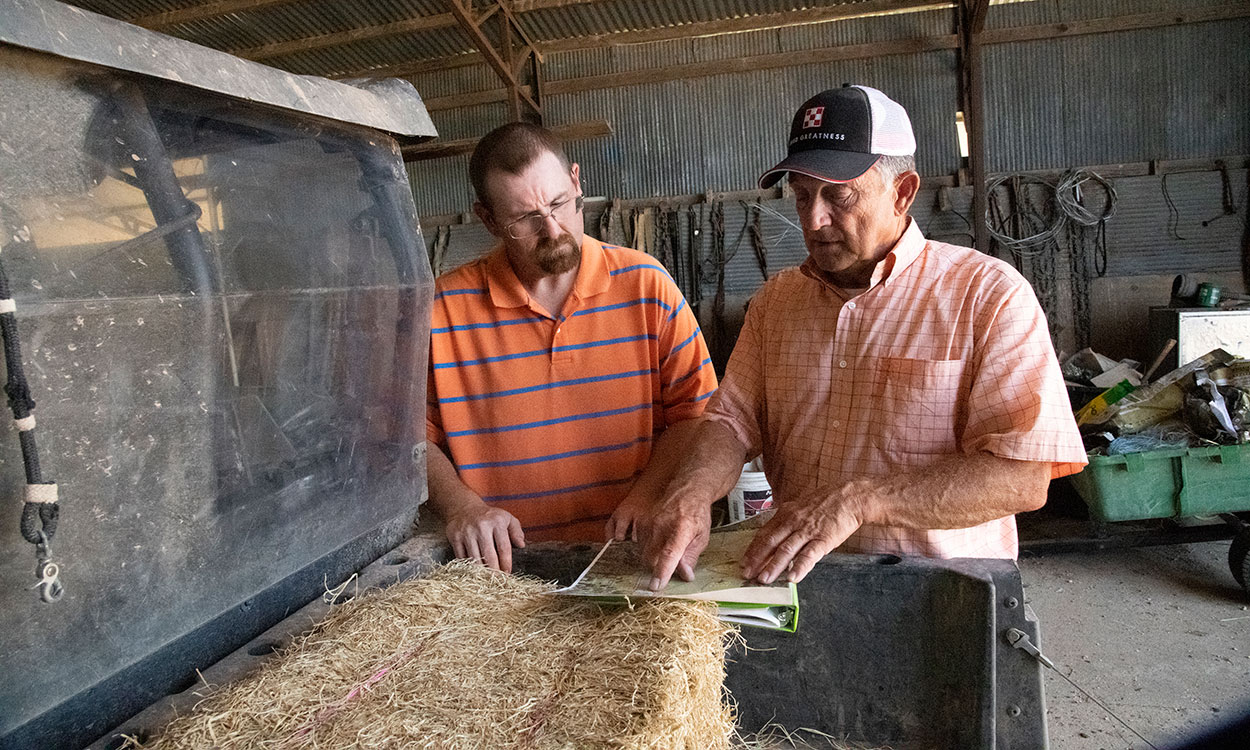
Hay Harvest Contracting
For those landowners who typically lease or harvest grasslands for hay, contracting for services is a learned business that can have local variations in how the grass and associated services are valued.
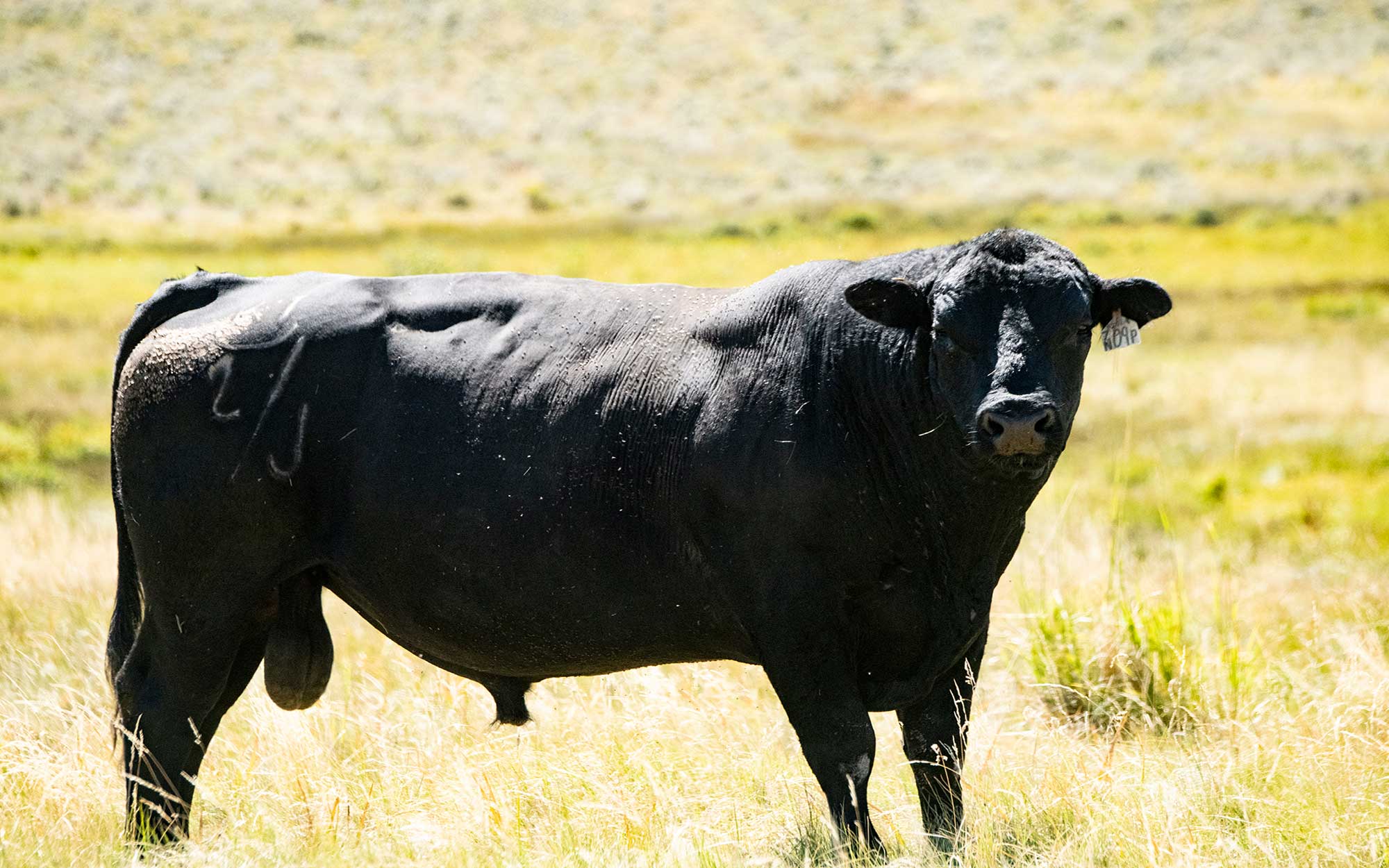
How Many Bulls Do You Need When Synchronizing With Natural Service?
The use of estrous synchronization with natural service provides an opportunity to utilize the benefits of synchronization. However, the first question producers ask is, “How many more bulls do I need?”
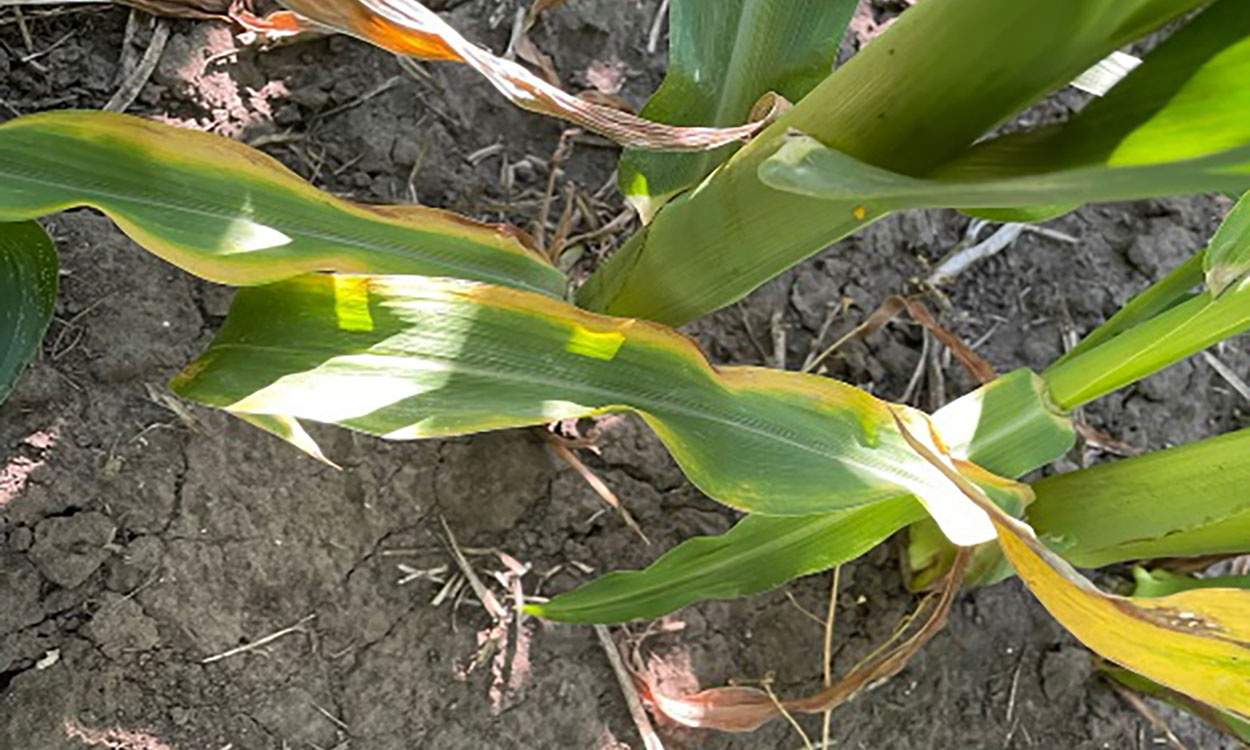
Corn Potassium and Drought
For many crop producers, potassium deficiency has become an increased concern, and this year’s drought conditions have resulted in potassium deficiency symptoms showing up in fields where it would normally not occur.